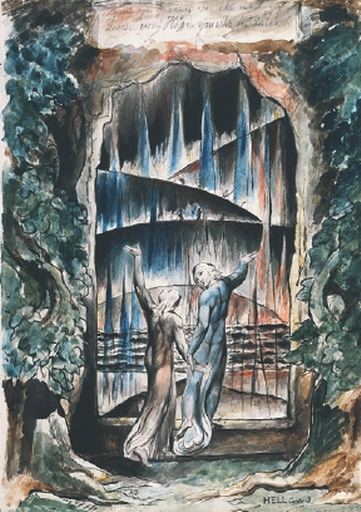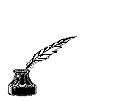
TO THESE PAGES ON POETIC PROSODY: METER AND FORM
 pursued
to unreasonable lengths. Also, an insistence that poets conform to supposed
rules of poetic composition can do as much harm to poetry as a determination
to write with no pattern or purpose whatever. To say this, however, is
not to embrace the deliberate indeterminism of L=A-N=G=U=A=G=E
poetry. A healthy and intelligent interest in--even a fascination with--the
formal properties of poetry often can be found in company with genuine
talent and enduring achievement. And the greatest poets have always been
the greatest technical innovators, even when they give no evidence of having
rationalized their inventiveness into (or from) abstract patterns. A spirit
of rhythmic and structural experimentation always informs good poetry.
The purpose of these pages is to encourage that kind of experimentation.
pursued
to unreasonable lengths. Also, an insistence that poets conform to supposed
rules of poetic composition can do as much harm to poetry as a determination
to write with no pattern or purpose whatever. To say this, however, is
not to embrace the deliberate indeterminism of L=A-N=G=U=A=G=E
poetry. A healthy and intelligent interest in--even a fascination with--the
formal properties of poetry often can be found in company with genuine
talent and enduring achievement. And the greatest poets have always been
the greatest technical innovators, even when they give no evidence of having
rationalized their inventiveness into (or from) abstract patterns. A spirit
of rhythmic and structural experimentation always informs good poetry.
The purpose of these pages is to encourage that kind of experimentation.

12/11/01
This Web page created in Web Factory.